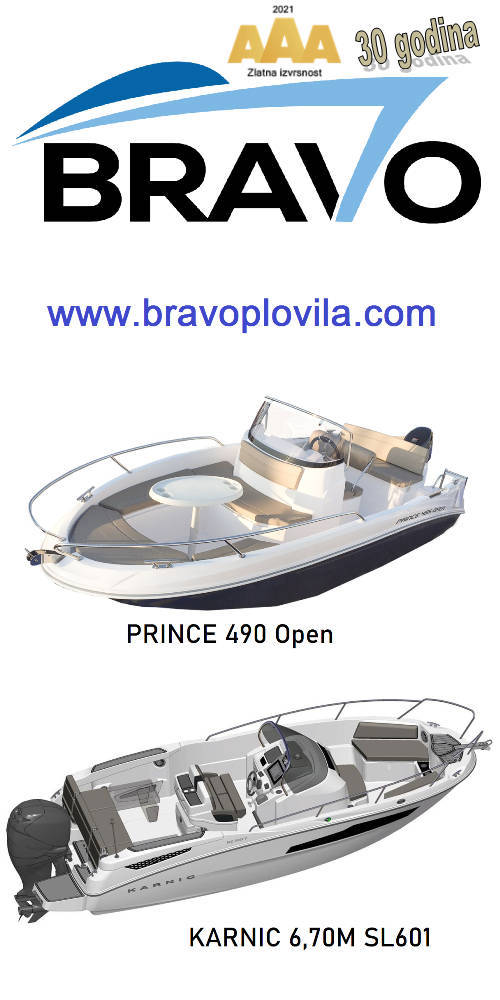It was the end to the Memorial Day weekend when a 32-foot motorboat with four persons aboard pulled up to the fuel dock. Moments later, after filling up, an explosion ripped through the boat - literally separating it into clamshell-like halves. In an instant a 25-year old woman was dead. All of the boat's remaining four occupants as well as a fuel dock attendant were hospitalized.
Saddest of all, the accident may have been preventable. A newspaper reported that investigators found that the recently purchased used boat, which was being refueled by its new owner for the first time, may have had a fuel system gasket "give way," or fail, which allowed gasoline fumes to escape and accumulate below decks. While the owner had properly turned the engine compartment blower on - a required procedure anytime a boat is refueled - not enough of the explosive fumes had been cleared before an engine backfire ignited the blast.
A simple sniff test may have prevented the tragedy, says Boat Owners Association of The United States (BoatUS). "While it appears the owner did the right thing by having the blower on to safely remove any fumes from the engine compartment area, he may not have performed the "sniff" test - lifting the engine compartment hatch in an attempt to smell any lingering gasoline fumes," said Director of Damage Avoidance Bob Adriance. "Unlike a car, boats have fuel tanks and engines located in enclosed spaces which don't allow gasoline vapors to escape. This accident shows how important it is do a sniff test every time a boat is refueled."

BoatUS has these six refueling safety tips:
● Always remove passengers from the boat, and reboard only after refueling is complete and the engine(s) restarted.
● Engine should be turned off and do not operate any electrical switches, including the ignition.
● Keep all doors, ports and hatches closed, and only open them when refueling is complete.
● To prevent unintentional sparking, hold hose nozzle firmly against fuel fill (and not a rod holder, water tank fill or holding tank, which happens more often than you think). Also don't overfill.
● After refueling, ensure engine compartment blower runs for at least four minutes. This may delay others waiting to fill up, but it's worth the wait.
● A quick sniff test takes only a few seconds and is the most effective method for detecting fuel leaks. Always open the engine bay hatch (if boat is equipped) and smell the bilge area as well as any closed compartments or interior spaces.
For more information on safe refueling, check out the BoatUS Foundation for Boating Safety and Clean Water's online boating safety course study guide at www.BoatUS.com/foundation/refuel.
###






















